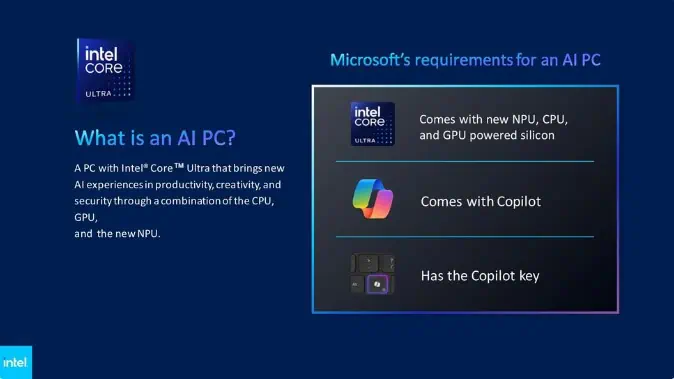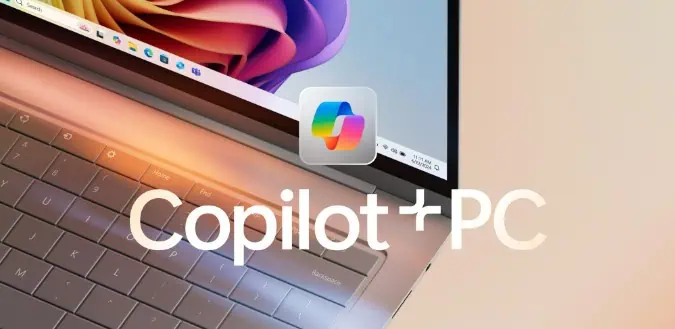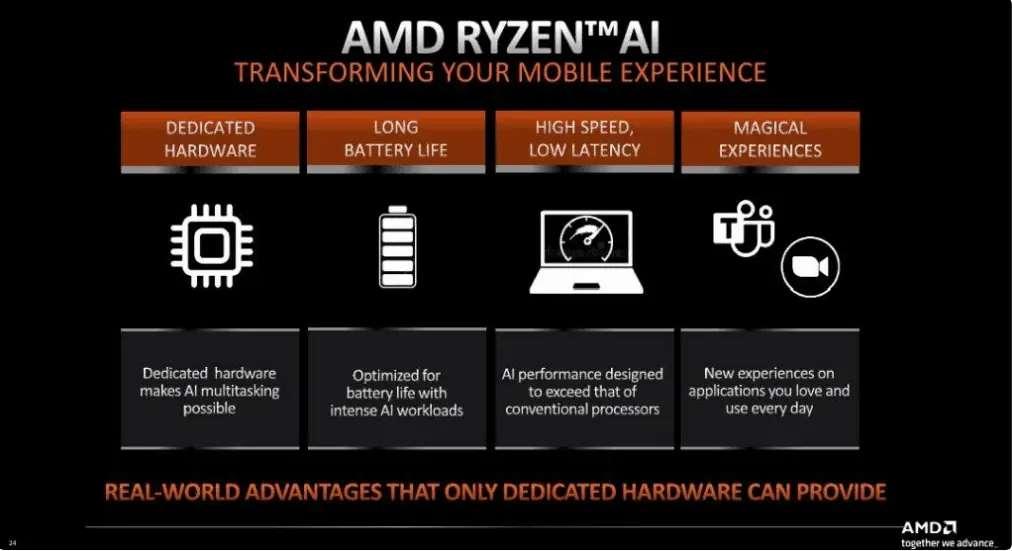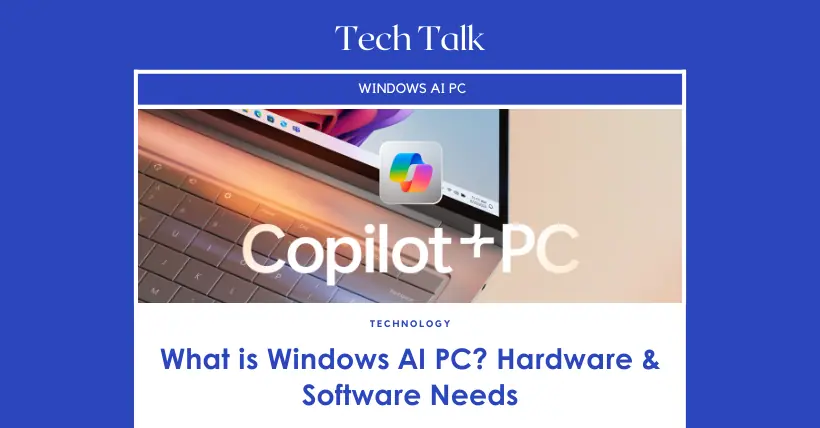As is well known, Microsoft’s future Windows operating system will be reconstructed with artificial intelligence, deeply integrating AI functions. Intel and AMD consumer-grade processors will also include NPU units, heralding the era of AI in consumer computing devices.
In this context, Microsoft and its partners have been prominently promoting “Windows AI PC” recently, to the extent that any manufacturer selling computers now claims their devices are “Windows AI PCs.”

So, what exactly is a “Windows AI PC”? What are its current definitions and standards?
In simple terms, a “Windows AI PC” must meet the following three conditions:
- The processor must be equipped with an NPU unit.
- It must support Microsoft’s Copilot.
- The keyboard must have a Copilot shortcut key.

Some might not understand what an “NPU” is, so here’s a brief introduction:
NPU stands for Neural Processing Unit, a microprocessor designed to accelerate machine learning, especially deep learning neural network computations. NPUs aim to improve processing efficiency, reduce power consumption, and optimize hardware architecture for neural network training and inference.

These three conditions seem simple but are quite high-bar because most currently available consumer-grade processors lack NPU units. The second condition essentially requires AI computing power of over 40 TOPS. Other hardware demands include at least 16GB of memory and 256GB of storage space.
Overall, only Qualcomm’s Snapdragon X processors meet these requirements, and even Intel’s Lunar Lake and AMD’s Strix Point Ryzen AI 300 series processors have not yet passed or completed Microsoft’s Copilot certification.

Additionally, there is an implicit prerequisite that the user’s computer must be running Microsoft’s latest Windows 24H2 operating system, with hardware capable of smoothly running Windows 24H2 being the basic requirement.
Combining all these conditions and requirements essentially excludes all currently available computers. This means that if users want to experience a “Windows AI PC,” they will need to buy new devices around 2025. This is the underlying message from Microsoft and its partners.

Currently, laptops from Asus, Dell, Acer, Samsung, HP, Lenovo, and Microsoft’s own Surface brand have begun using Qualcomm’s Snapdragon X Elite and Plus processors to manufacture compliant Windows AI PCs, scheduled to launch on June 18.
Careful readers might notice that all the mentioned devices are laptops. So, what about desktops?
Objectively speaking, AI applications on consumer computing devices are still in their early stages. Current mainstream AI applications, such as ChatGPT, Wenxin Yiyan, and Tongyi, are entirely cloud-based, with training and modeling done on the cloud backend, while users merely call these services on various terminal devices.

However, Windows AI PCs currently possess some practical functions. For instance, Adobe Photoshop and Lightroom now support NPUs, allowing some AI functions to be performed using NPUs rather than entirely relying on the cloud. Microsoft’s Auto SR can use NPUs to enhance gaming experiences.
Essentially, the utility and widespread adoption of Windows AI PCs depend on the computing power of consumer-grade NPUs and their applications. It is anticipated that more tasks will be delegated to NPUs in the future, marking a significant trend.
In conclusion, for most ordinary consumers, unless they have a particularly ample budget and plan to replace their laptop before 2025, there is no need to purchase a Windows AI PC. Conversely, if they do need to buy a new laptop, they should prioritize a Windows AI PC.
Related:

Disclaimer: This article is created by the original author. The content of the article represents their personal opinions. Our reposting is for sharing and discussion purposes only and does not imply our endorsement or agreement. If you have any objections, please get in touch with us through the provided channels.



